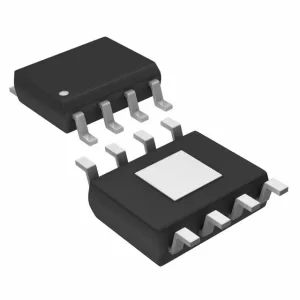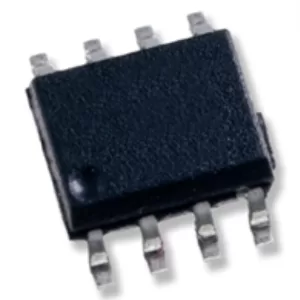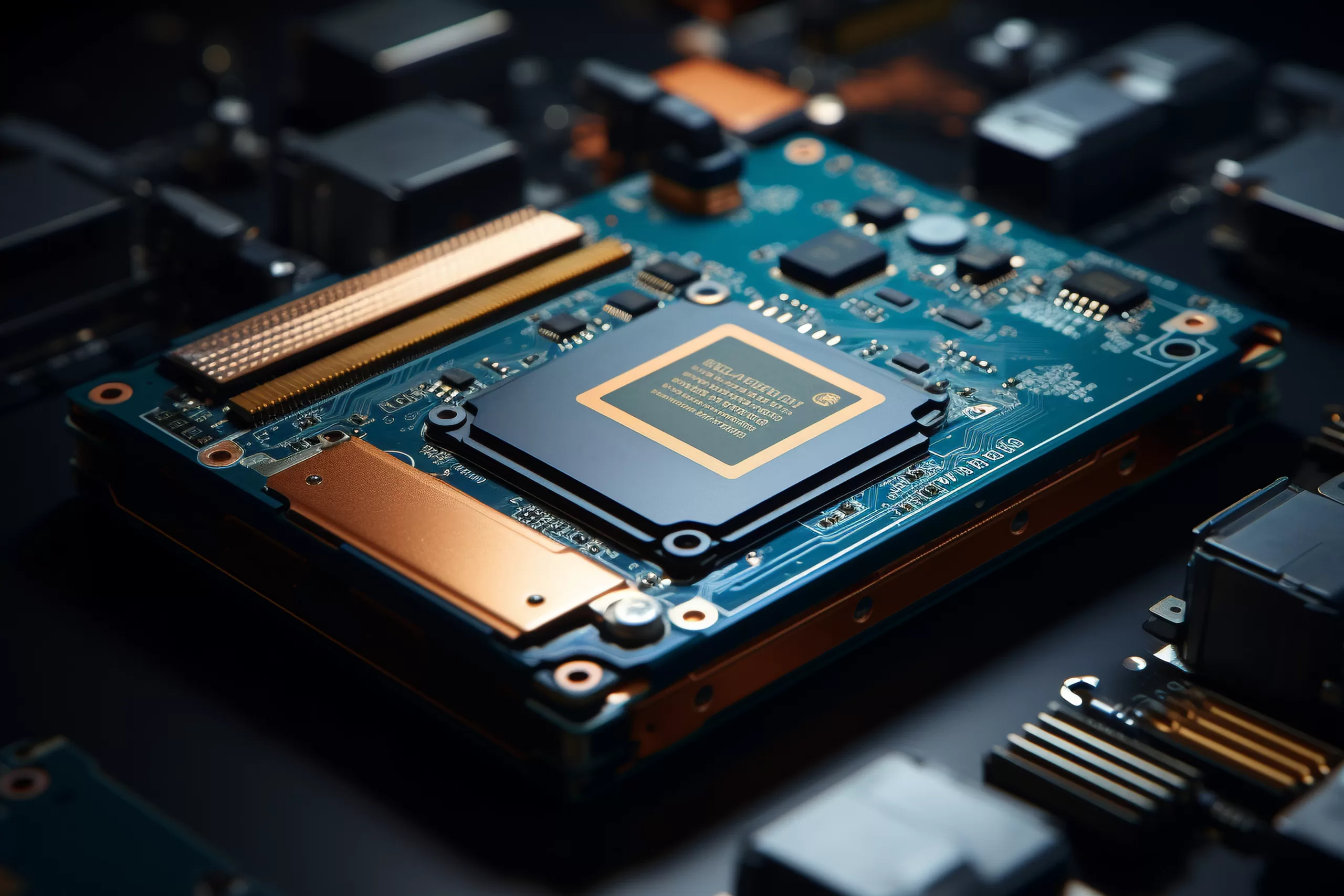2031 Electronic Components Growth Patterns and Anticipating Future Demand
Exploring the electronic components market reveals a dynamic ecosystem pivotal for technological advancements. Navigating its intricacies underscores the importance of grasping growth trends and foreseeing future demand, crucial for both industry players and observers.
Evolution of Electronic Components: A Brief Overview
The journey of electronic components has been marked by relentless innovation and evolution. From the early days of vacuum tubes to the miniature wonders of integrated circuits, each phase has brought forth transformative changes. In recent years, the demand for more compact, energy-efficient, and high-performance components has fueled an era of unprecedented exploration.
Current Growth Trends: Riding the Wave of Technological Advancements
One of the key drivers of the electronic components market is the rapid integration of technologies such as the Internet of Things (IoT), artificial intelligence (AI), and 5G. These innovations are reshaping industries, creating a surge in demand for specialized components capable of meeting the unique requirements of these applications.
Moreover, the automotive sector’s shift towards electric vehicles (EVs) and the growing adoption of renewable energy solutions contribute significantly to the rising demand for advanced electronic components. Power electronics, in particular, play a pivotal role in enhancing energy efficiency and supporting the transition to sustainable technologies.
Market Dynamics: A Confluence of Challenges and Opportunities
While growth prospects are promising, the electronic components market faces challenges such as supply chain disruptions, geopolitical tensions impacting the sourcing of raw materials, and the need for skilled professionals to keep pace with technological advancements. Navigating these challenges requires a strategic and adaptive approach from industry stakeholders.
On the flip side, opportunities abound. The rise of edge computing, quantum computing, and the continuous quest for faster and more reliable communication networks present avenues for innovation. Companies investing in research and development to create components aligned with these trends are likely to seize a competitive advantage.
Anticipating Future Demand: A Glimpse into 2031
Looking ahead, the electronic components market is expected to witness sustained growth. Smart devices spreading, 5G networks growing, and healthcare tech advancing will drive growth. Demand for energy-efficient components rises due to a push for sustainability.
To thrive in this evolving landscape, industry players must foster collaboration, invest in research and development, and remain agile in responding to market shifts. Regulatory frameworks, especially concerning data privacy and environmental sustainability, will also influence the market, necessitating a proactive approach to compliance.
Conclusion: Navigating the Path Forward
In conclusion, the electronic components market stands at the crossroads of innovation and transformation. To navigate, one needs to grasp current trends, adapt to market changes, and foresee 2031 demands. Embracing challenges, the electronic components sector propels technological progress, steering global industries.
Read more: Navigating the Active Electronic Components Market: Growth Trends and Future Demand by 2031
PREVIOUS POST
NEXT POST


 2023-11-25
2023-11-25 




